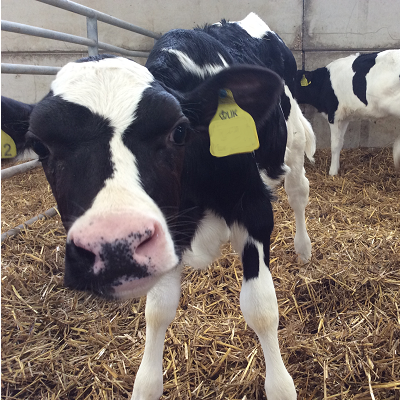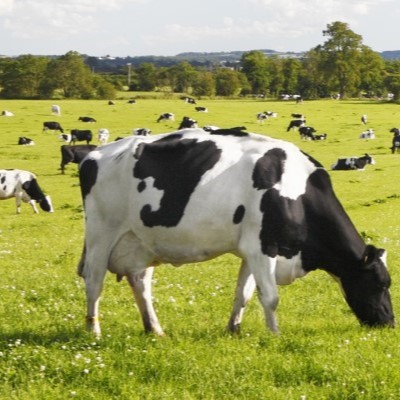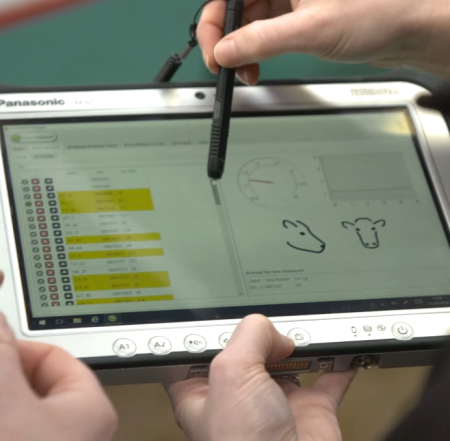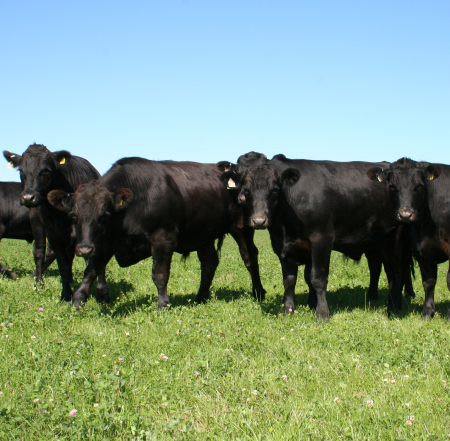CIEL | Case Study: CIEL-supported Member Research 2021-22 Monogastrics
Genetics | Reproduction | Behaviour | Nutrition | Health & Welfare | Productivity | Food Integrity | Environmental Impact
Below is a CIEL Member Research roundup for 2021-22 monogastrics.
Pigs
-
Peracetic acid to replace zinc oxide in young pigs

Pork is a significant source of protein but in the recent past, prophylactic antibiotic use and misuse in pigs has contributed to a dangerous increase in antibiotic resistant organisms.
The use of prophylactic antibiotics has been banned in most countries and replaced with zinc oxide (ZnO), advocated to be an effective replacement treatment. However, ZnO itself has been linked with antimicrobial resistance and environmental pollution and its use will be phased out by 2022.
R&D company Aga Nanotech teamed up with SRUC in this CIEL-supported project to investigate the effectiveness of Peracetic acid (PAA), generated in water from precursors sodium percarbonate (SP) and tetraacetylethylenediamine (TAED), as a replacement for ZnO to control diarrhoea in pigs and promote growth.
-
Low environmental footprint, welfare positive feed solution for sows

Environmental considerations are becoming increasingly important when pig producers are considering what to feed their animals. The same factors impact on feed suppliers who provide millions of tonnes of animal feed per year. Feed specialists AB Agri is one such company actively seeking to decrease the environmental footprint of animal feeds by further reducing the embedded carbon of the co-products it supplies.
Feeding undried (pressed) sugar beet pulp removes the need for drying, significantly reducing the carbon footprint of diets. This project looked at the performance benefits and practicality of feeding fresh pressed sugar beet pulp, with a dry compound feed balancer, to gestating and pregnant sows.
Over and above potential environmental effects, the fibre-rich diet could improve animal welfare – making sows feel less hungry, less stressed, as well as offering gut-health benefits.
Poultry
-
Poultry litter digestate for microalgal production

The key aim of this CIEL-supported project was to deliver an innovative biological process where maximum use is made of the digestate produced from poultry litter during Anaerobic Digestion (AD).
Microalgae, such as Chlorella species, are microscopic photosynthetic cells found naturally in oceans and lakes. The algae convert nutrients into protein which could be fed to animals as a locally produced protein source. The microalgae biomass produced from the poultry litter digestate is predicted to be richer in protein compared to that cultivated on standard media, as demonstrated by a previous project.
The anaerobic digestion of poultry litter is a great technological achievement, producing electricity, heat and digestate. The electricity and heat provide the right environmental conditions for producing microalgae, coupled with the digestate used as the feedstock. The microalgae biomass produced has the potential to be used in multiple commercial applications such as in aquaculture feed.
Working alongside Moy Park, was Swansea University, who boast the largest capacity biomass facilities for algae in the UK, which includes large-pilot outdoor photobioreactors.
-
The benefits of composted reused litter for broilers

In this project, Moy Park and SRUC sought to explore and better understand the link between litter microbiome composition and broiler production efficiency.
Recent studies have unexpectedly, but repeatedly, revealed that rearing chickens on composted litter from the previous crop improved their performance. The outcomes added a new dimension to spent poultry litter valorisation for a sustainable and resource efficient poultry sector.
Concludes Member Research roundup 2021-22 monogastrics.








